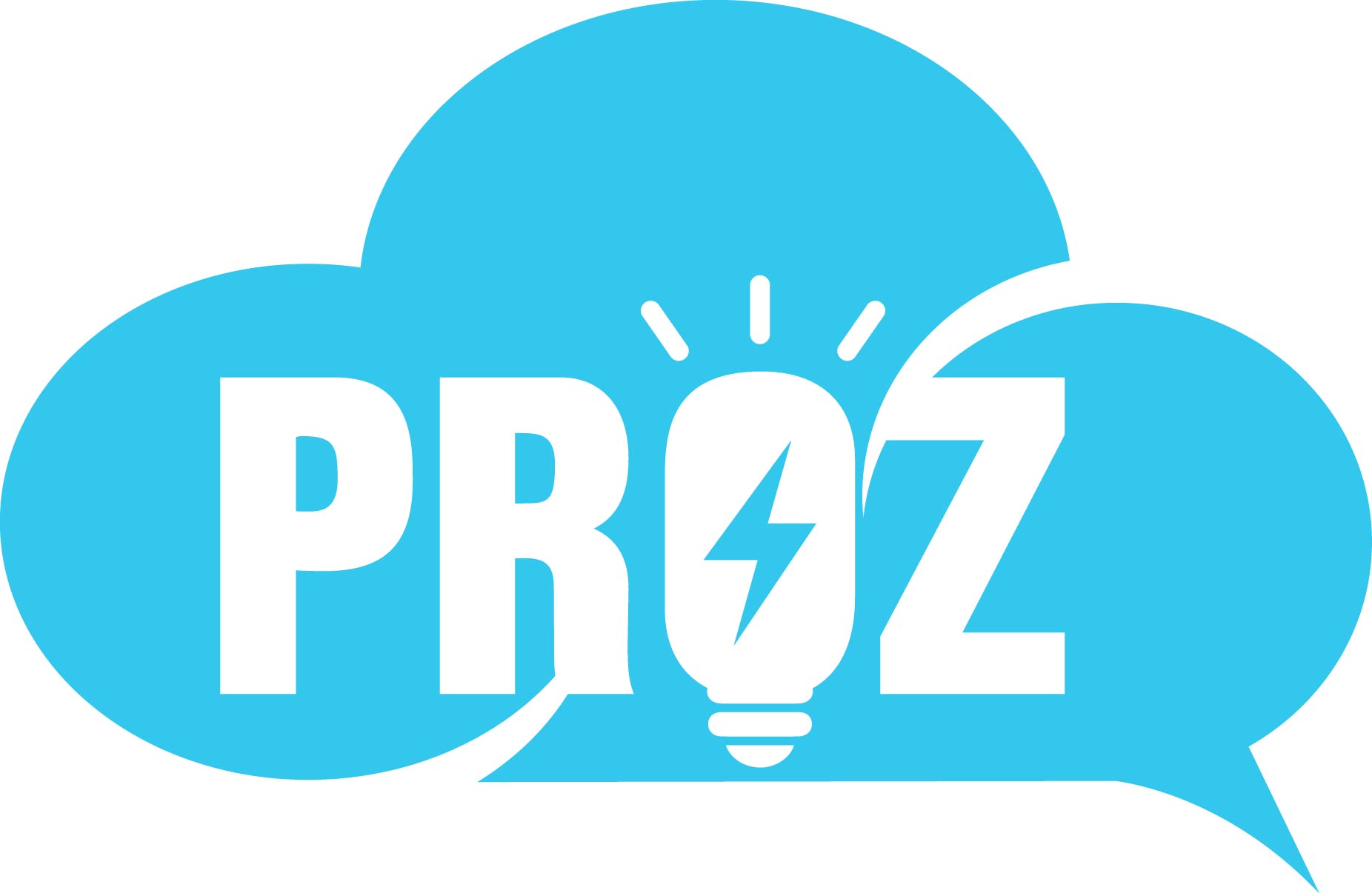When designers and developers don’t have to reinvent the wheel every time they build something, life gets easier. That’s the magic of a design system. It’s not just about saving time — it’s about working smarter, keeping components consistent, and making sure your users don’t feel like they just entered a poorly organized thrift store. For Salesforce pros, it’s the secret weapon for building flexible, on-brand solutions without the headache.
Let’s dig into what a design system is and why it’s the unsung hero of your Salesforce ecosystem.
What you’ll learn
What is a design system?
The business value of design systems
Simplify and streamline with design systems
A smarter way to build
What is a design system?
A design system is your team’s cheat code for creating consistent, scalable, and user-friendly digital experiences. It’s a structured set of guidelines, tools, and reusable components that keep teams aligned and products polished. Think of it as the difference between a well-stocked toolbox and trying to assemble IKEA furniture with a spoon.
At its core, a design system includes essential elements like user interface (UI) components, patterns, and a shared visual language. These building blocks make sure your product doesn’t look like it was designed by a committee of strangers. Standardizing them means fewer debates over button sizes and more time solving actual problems. Other perks include:
- Reinforcing brand identity. Whether you’re tweaking a Salesforce app or building a custom solution, every interaction should feel on-brand – polished, professional, and unmistakably yours.
- Reusable elements. Stop building the same button 50 different ways. A design system lets you use prebuilt components, so you can focus on areas that require more nuanced attention.
- Scalability. As your business grows, a design system keeps structure in place and prevents chaos. It ensures new features integrate smoothly, changes happen without headaches, and every element remains accessible and intuitive.
A design system is how you scale creativity without losing control. It’s your team’s roadmap to building faster, better, and with fewer existential crises along the way.
The business value of design systems
Design systems don’t just make things look pretty — they keep teams from going in circles and help businesses get results. A solid design system streamlines workflows, keeps teams aligned, and saves money, all while preventing a mismatched, inconsistent UI that feels cobbled together from different eras of design. Here’s why that matters:
- Faster feature adoption. Users don’t want to decode your interface like it’s a secret map. When designs are consistent and predictable, people pick up new features faster, boosting engagement and metrics like Net Promoter Scores (NPS).
- Better collaboration. When designers, developers, and admins all work from the same playbook, there’s less confusion, fewer mistakes, and fewer Slack messages asking: “What does this mean?” Everyone moves in the same direction.
- Faster time to market. Reusable components and clear guidelines mean teams can ship updates quickly instead of reinventing the wheel. That means faster return on investment and keeping up with business demands without the last-minute scramble.
- Cost savings. The less time spent on custom one-off designs, the more time and money saved. Design systems cut down on redundant work, keeping projects lean and efficient.
A design system is a business asset that helps teams work efficiently, speed up development, and deliver better results — without the confusion of inconsistent designs or redundant work.
Simplify and streamline with design systems
Design systems keep development processes running smoothly, giving admins, developers, and designers the tools to work smarter and move faster. They eliminate inconsistencies, simplify handoffs, and streamline workflows, creating a more efficient, cohesive experience for everyone involved.
- Admins get to build polished, no-code solutions without breaking a sweat. Lightning App Builder lets them drag, drop, and assemble pages like digital building blocks. Themes and Branding makes sure the interface matches the company’s look without endless tweaking. Prebuilt UI components and styling hooks mean less custom code, less hassle, and more time spent on actual strategy.
- Developers benefit from a system that simplifies customization instead of creating more work. A library of ready-made components and clear rules cuts down on redundant effort, making it easier to build, scale, and maintain applications without wondering whether a button design already exists elsewhere. New features slot in seamlessly, keeping the user interface and overall structure cohesive.
- UX designers finally get a break from fighting inconsistency. Standardized components and guidelines keep designs clean and uniform. So instead of making the same decision 50 times, designers can focus on crafting better user experiences and fine-tuning interactions.
At the end of the day, design systems are tools that help keep everyone aligned, projects on track, and headaches to a minimum. Whether you’re managing customers, coding solutions, or shaping experiences, a good design system makes sure you’re building with intention.
A smarter way to build
Design systems make life easier by creating predictable, intuitive experiences — because no one enjoys guessing their way through an interface. When buttons, menus, and interactions work the way people expect, they complete tasks faster and with less frustration.
For product teams, a design system is like having a well-stocked workshop instead of rummaging through a junk drawer. Reusable components and clear guidelines keep development smooth, so teams can spend more time innovating and less time fixing mismatched buttons and wonky layouts.
Embracing design systems means you can grow without the growing pains.










